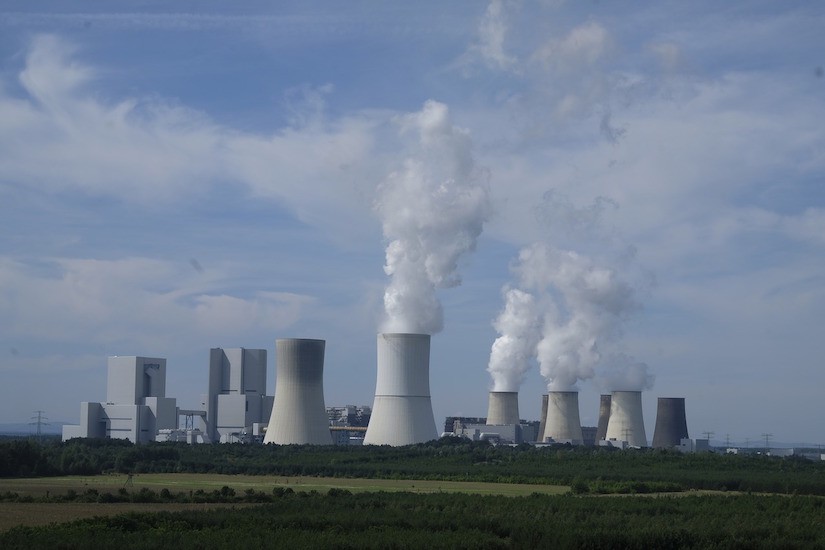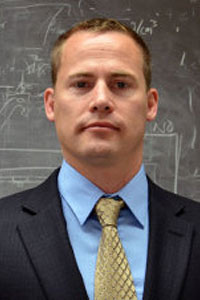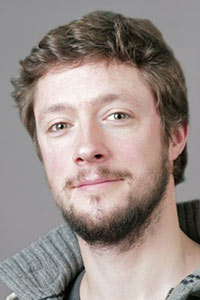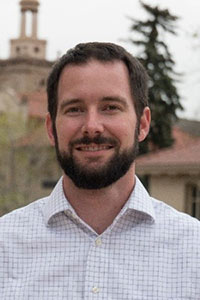
More than 75 percent of the world’s electricity comes from thermal power plants that convert heat energy into electric power – including from coal, natural gas, and nuclear sources. A focus on reducing greenhouse gas emissions and a rise in the use of wind and solar power generation are changing how these plants have traditionally operated. New technologies have the potential to make thermal power plants more efficient and flexible and reduce carbon emissions.
Join us for a mini-symposium to discuss how the role of thermal power plants will change in the future electric grid, and how thermal power can help meet the simultaneous goals of resiliency, reliability, economic efficiency, and environmental sustainability.
This event is free. Register here! Refreshments will be served.
Keynote Speaker
Bryan Bennett
General Manager for NET Power Commercial Development, Exelon Corporation
As general manager for Exelon’s NET Power Commercial Development, Bryan Bennett is responsible for identifying and evaluating opportunities to construct new generating facilities utilizing the NET Power Technology. Bennett joined Exelon in 2002 as a rotating equipment engineer at the Eddystone generating station. During his 16 years with Exelon, Bennett has held various leadership roles to include: Project Manager, Technical Manager of Exelon Peaking Division, Technical Manager of Eddystone Generating Station, Director of Engineering for Exelon Power, General Manager of the Mid-Atlantic Peaking facilities and General Manager of Exelon’s Hydroelectric facilities.
Description from NET Power website: NET Power has developed a novel power system that produces electricity from natural gas. NET Power plants are cost competitive with current technologies but generate zero atmospheric emissions – eliminating the smokestack altogether. This system is based on a new thermodynamic cycle called the Allam Cycle.
The Allam Cycle is a breakthrough in power generation technology. It uses a high-pressure, highly recuperative, oxyfuel, supercritical CO2 cycle that makes emission capture a part of the core power generation process, rather than an afterthought. The result is high-efficiency power generation that inherently produces a pipeline-quality CO2 byproduct at no additional cost to the system’s performance.
Panelists
 Mark Anderson
Mark Anderson
Assistant Professor, Mechanical Engineering
Mark Anderson directs the Thermal Hydraulics Laboratory at UW–Madison, which is focused on experimental aspects of thermal energy transport across several energy sectors including solar, wind energy, thermal energy storage and advanced power cycle development. Anderson studies the physics, thermal hydraulic performance, and material corrosion issues of several different fluids (salts, liquid metals, supercritical water (SCW), supercritical CO2 (SCO2)). He studies supercritical fluids and has active research on the SCO2 Brayton cycle for nuclear, solar and fossil advanced power generation. He is one of the UW’s Co-PIs on the Department of Energy fluoride-cooled nuclear reactor integrated research project and focuses on salt chemistry, purification, and materials compatibility.
 Adrien Couet
Adrien Couet
Assistant Professor, Engineering Physics
Adrien Couet's research includes the study of materials for nuclear reactors and power plants that will be able to withstand the demanding pressures of an aggressive environment. Couet studies how materials, their environment, and the stresses with which they come into contact tend to couple in ways that are less than fortuitous for the maintenance and safety of a nuclear power plant. A large part of his research focuses on a corrosion model he has been developing for more than six years, called C4 (coupled current charged composition). The model is predictive in nature, and allows engineers to screen and diagnose certain materials based on their strengths. He works specifically with fuel cladding, the first barrier that stands between uranium fuel and its environment within a nuclear reactor. C4 helps gauge which materials would work best for fuel cladding, as an alternative to a trial-and-error process, which is more costly and less efficient.
 Mike Wagner
Mike Wagner
Thermal Systems Engineer, National Renewable Energy Laboratory
Mike Wagner joined the Thermal Systems group at NREL in 2009. His work at NREL includes thermal systems modeling and predictive performance analysis of concentrating solar and power generation systems. Mike has developed several performance models for NREL's System Advisor Model software, including modeling tools for Linear Fresnel, power tower, and parabolic trough technologies. He is also the developer of a power tower layout and optimization tool called SolarPILOT that combines analytical and stochastic methods to define and optically characterize power tower solar fields.
Mike is principal investigator on a project that develops a tool for algorithmic optimization of plant design, operations, and maintenance policies. He has previously led the research and development of a high-temperature, gas-phase solar receiver for super-critical carbon dioxide applications, and he provides expertise in time series analysis of transient and coupled systems, optical and thermal system characterization, computational fluid dynamics, nonlinear and mixed-integer programming, and engineering software development.
Before joining NREL, Mike worked as a graduate research assistant at University of Wisconsin-Madison Solar Energy Lab, where he developed an optimization/design tool and detailed transient system component models for power tower technology.
